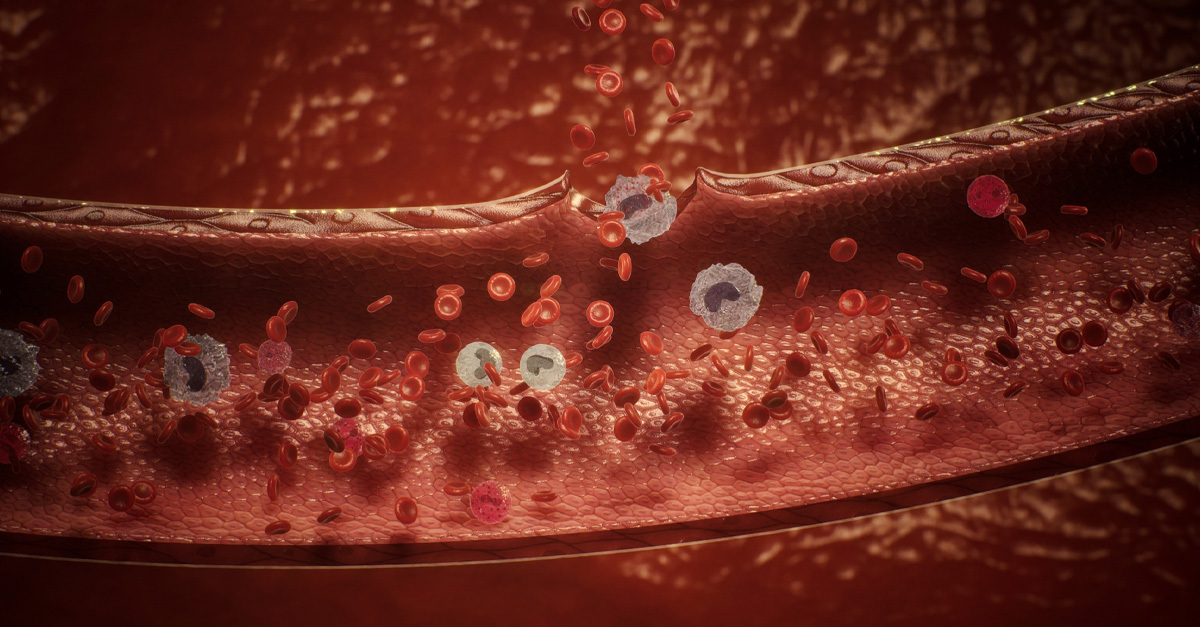
When you hear the disorder ‘Hemophilia’ you may think of the Romanovs, or maybe you are taken back to learning Punnett squares. One highlights the famous carriers of the disease and the other the likelihood of it being passed down through generations. Hemophilia is a blood clotting disorder that arises from a gene on the X chromosome. Males have one X and one Y chromosome, while females have two X chromosomes. A male inherits their X from their mother and the Y from their father. Females inherit one X from each parent.
Since the X chromosome contains genes that do not appear on the Y chromosome, this means males only have one copy of most of the genes on their X chromosome, whereas females have 2 copies. This results in males that can have a disease, such as hemophilia, if they inherit an affected X chromosome that has a mutation (1 of every 5,000 male births). Females can also have hemophilia, but it is much rarer. In such an instance both X chromosomes would have the mutated gene, or one would carry it while the other is missing or inactive.
A female with one affected X chromosome is a carrier of hemophilia, relating us back to the Romanovs. Hemophilia is often referred to as “The Royal Disease” as it has appeared throughout generations in Queen Victoria’s bloodline. Although the disease can run through families, some families have no prior history of hemophilia. Sometimes, there may be carrier females in the family, but just by chance, no affected boys. Alternatively, it has been reported that in 1/3 of cases where an infant is diagnosed with hemophilia, it is the first one in the family to be affected with the mutation.
So, what exactly happens to someone with hemophilia? Since this disorder is a clotting disorder, that means it affects the proteins in the blood that would normally clot blood to stop spontaneous bleeding. Those with hemophilia have low levels of factor VIII (hemophilia A) or factor IX (hemophilia B). The lower the amount of the factor, the more likely bleeding occurs that cannot be stopped.
Treatment of hemophilia is aimed at replacing the missing blood clotting factor through infusing commercially prepared factor concentrates. This can be done by the patient themselves and prevents most bleeding episodes. This also allows patients to live a much more independent life, reducing the fear of bleeding out as once would have been the concern of Queen Victoria’s sheltered ancestors.
